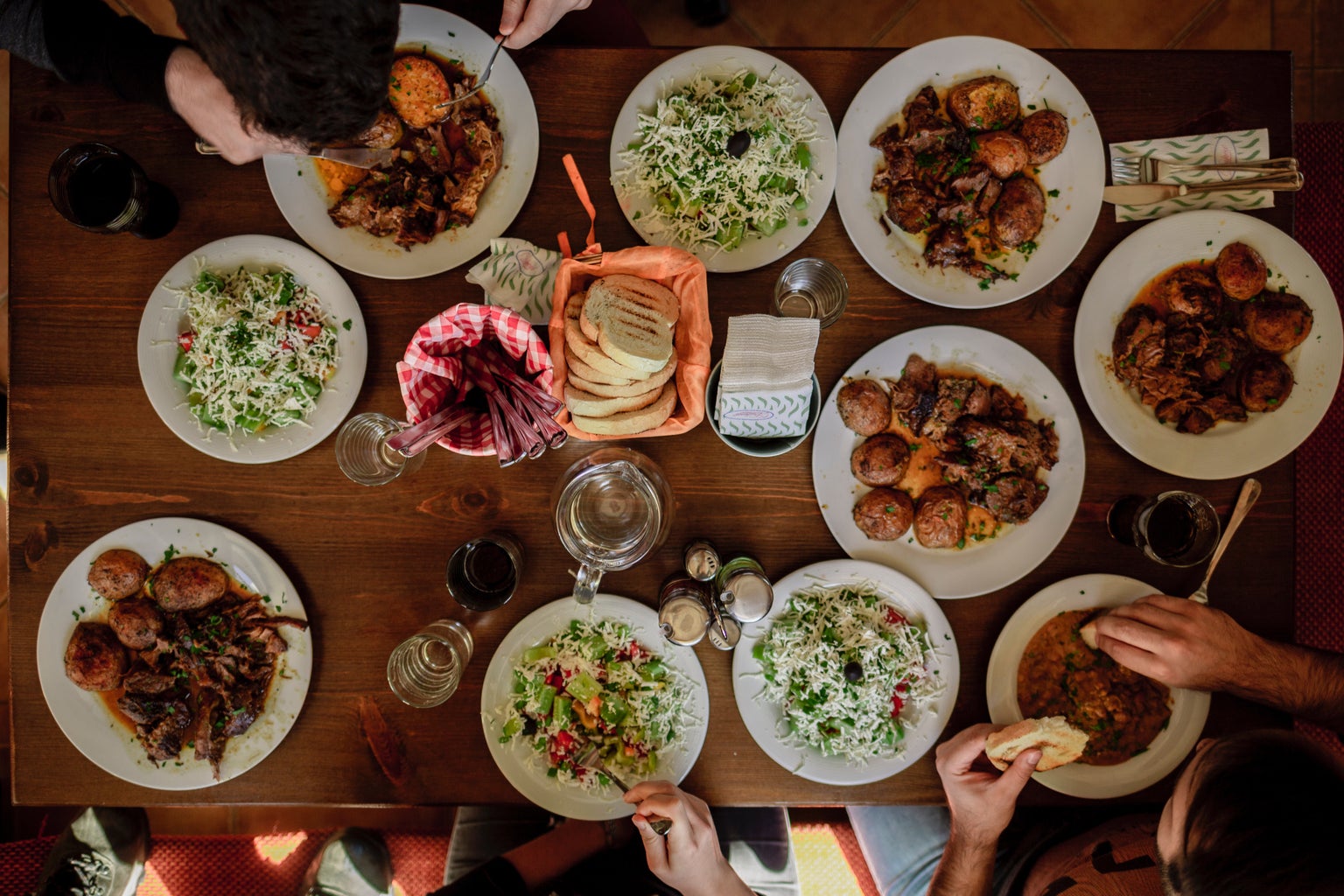In the grand tapestry of human existence, culture serves as the vibrant thread that weaves together our beliefs, customs, traditions, and values. Like an artist’s palette, it offers a myriad of hues and shades, each representing a unique facet of human expression. When we delve into the realm of personality, we find that cultural influence plays a pivotal role in shaping who we are. Just as a painter selects colors to evoke emotions and convey meaning, our cultural background imbues our personality with distinctive traits and characteristics. In this article, I’ll explore the dynamic interplay between culture and personality, unveiling the rich tapestry of diversity and influence that colors our individuality.
Culture serves as the canvas upon which the brushstrokes of identity are painted. From the food we eat to the language we speak, cultural norms and practices permeate every aspect of our lives. Whether we belong to a tight-knit community rooted in tradition or embrace the global melting pot of modernity, our cultural background shapes our worldview, values, and behaviors. For instance, individuals from collectivist cultures may prioritize harmony and interdependence, valuing the needs of the group over individual desires. Conversely, those from individualistic cultures may emphasize autonomy and personal achievement.
Just as there are countless shades on a painter’s palette, there exists a spectrum of personality traits that define who we are. Psychologists have long studied these traits, seeking to unravel the complexities of human behavior. From the Big Five personality traits of openness, conscientiousness, extraversion, agreeableness, and neuroticism to cultural dimensions such as Hofstede’s individualism-collectivism continuum, our personality reflects a unique blend of genetic predispositions and environmental influences. Cultural norms dictate which traits are valued and encouraged, shaping our self-concept and interpersonal dynamics.
The vibrant colors of cultural influence manifest in various ways across different dimensions of personality. In terms of communication styles, for example, individuals from high-context cultures may rely heavily on nonverbal cues and implicit communication, whereas those from low-context cultures may favor direct and explicit forms of expression. Moreover, cultural values such as power distance and uncertainty avoidance influence our attitudes towards authority, risk-taking, and conflict resolution. These cultural nuances not only shape our outward behavior but also influence our cognitive processes and emotional responses.
As we celebrate the kaleidoscope of cultural diversity, it’s essential to recognize that no single culture holds a monopoly on virtue or wisdom. Each cultural tradition offers valuable insights and perspectives that enrich our collective understanding of the human experience. By embracing cultural diversity, we foster empathy, tolerance, and cross-cultural communication, transcending the boundaries that divide us. Just as an artist blends colors on a palette to create a masterpiece, we can draw upon the vibrant hues of cultural influence to paint a more inclusive and harmonious world.
In the tapestry of human existence, culture serves as the vibrant palette from which our personalities are painted. Like a skilled artist, we navigate the intricate interplay between cultural norms and individual traits, creating a unique masterpiece of identity. By embracing the diverse colors of cultural influence, we enrich our understanding of ourselves and others, fostering empathy, tolerance, and appreciation for the richness of human experience. As we continue to explore the dynamic relationship between culture and personality, let us celebrate the beauty of diversity and strive to create a world where every color is valued and respected.





